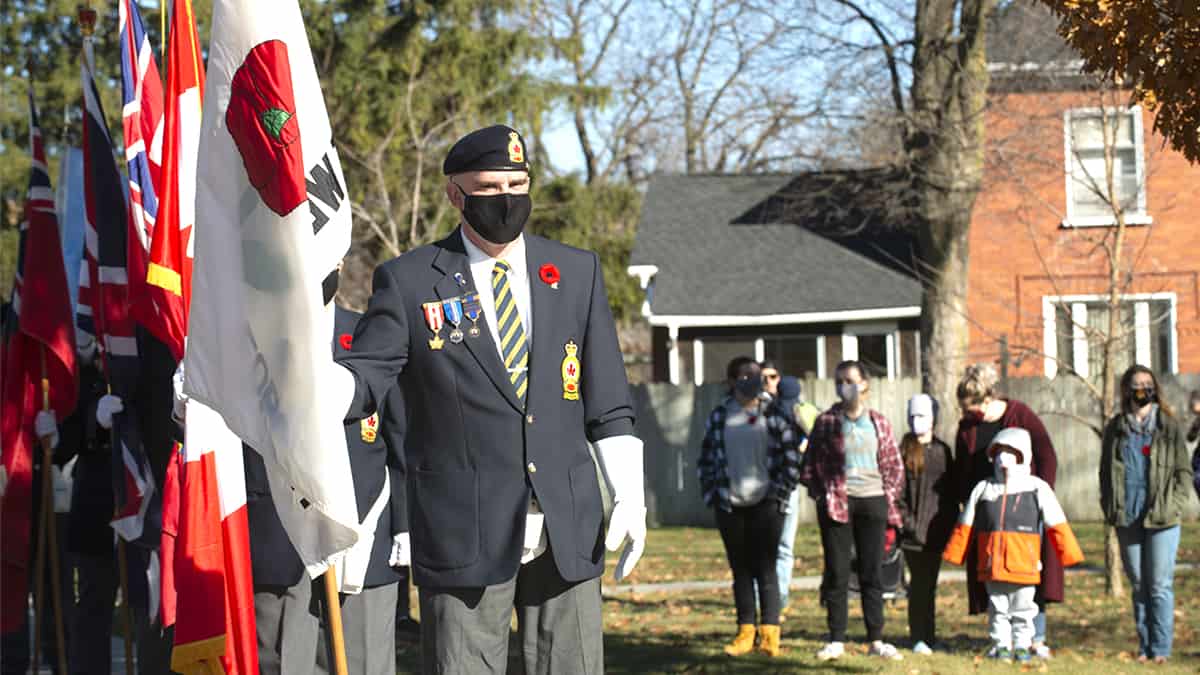When the province last week rolled out its new colour-coded framework for the coronavirus status of areas across Ontario, Waterloo Region was classified as “yellow,” the second of five stages outlined in a new categorization of health units.
The five levels are: green-prevent, yellow-protect, orange-restrict, red-control, and lockdown being a measure of last and urgent resort, the province says.
The region is at the yellow level due to an increasing rate of transmission of the virus, says medical officer of health Dr. Hsiu-Li Wang.
“In Waterloo Region over the past week, our daily average number of new cases has increased. In October, our rates are often in the range of 15 to 20 cases per day, and over the past week, our rates have been between 20 and 25 cases,” she said at the weekly briefing Nov. 6.
That increase moves Waterloo Region from the green range of fewer than 10 cases per 100,000 up to the yellow zone of 10-39.9 per 100,000.
This week saw daily new cases top 40. There are currently 230 active cases of COVID-19 in the region, an increase of 100 over the number a week earlier. The total number since the pandemic began rose to 2,436, of which 2,085 have been resolved, a recovery rate of 86 per cent. There was a new fatality for the first time in months, bringing that total to 121.
There are currently 14 active outbreaks in the region, with four at long-term care or retirement home facilities.
Among the workplace outbreaks was one at the Toyota Boshoku plant in Elmira, where some 100 employees are now self-isolating to prevent the spread of COVID-19.
Under the yellow level, the region will see restrictions in restaurant capacities and alcohol sales, among other changes.
Recreational facilities such as the Woolwich Memorial Centre will also experience some changes, including recreational leagues having to lower number of players from 50 to 10.
“What we’ve seen in sport settings in Ontario, although we haven’t had an outbreak here yet, is that this type of setting is often at higher risk, but it’s not only the actual play itself, it’s also the before and after play, because there tends to be a lot of spread in social interactions or gatherings before and after play,” explained Wang, noting that she doesn’t want to take the risk of seeing outbreaks in the recreational environment.
In neighbouring Wellington-Dufferin-Guelph, there were 89 active cases at midweek, up from 51 a week earlier. That catchment area’s cumulative total was 977, of which 850 (87 per cent) have been resolved. There have been a total of 38 fatalities since the pandemic began.
The province is still dealing with a spike as the total number jumped by more than 6,000 in the past week to 86,783. There have been 3,260 deaths attributed to the virus, representing a falling mortality rate of 3.8 per cent. The ministry reports 73,417cases (84.6 per cent) have been resolved.
The latest numbers from Health Canada show 41,125 active cases, an increase of 10,000 in the past week that brings the total to 273,037 confirmed cases of COVID-19 nationwide, with 10,632 related deaths, a mortality rate of 3.9 per cent.









